Ngor is on the global circuit, 50 years after featuring in surfing film The Endless Summer
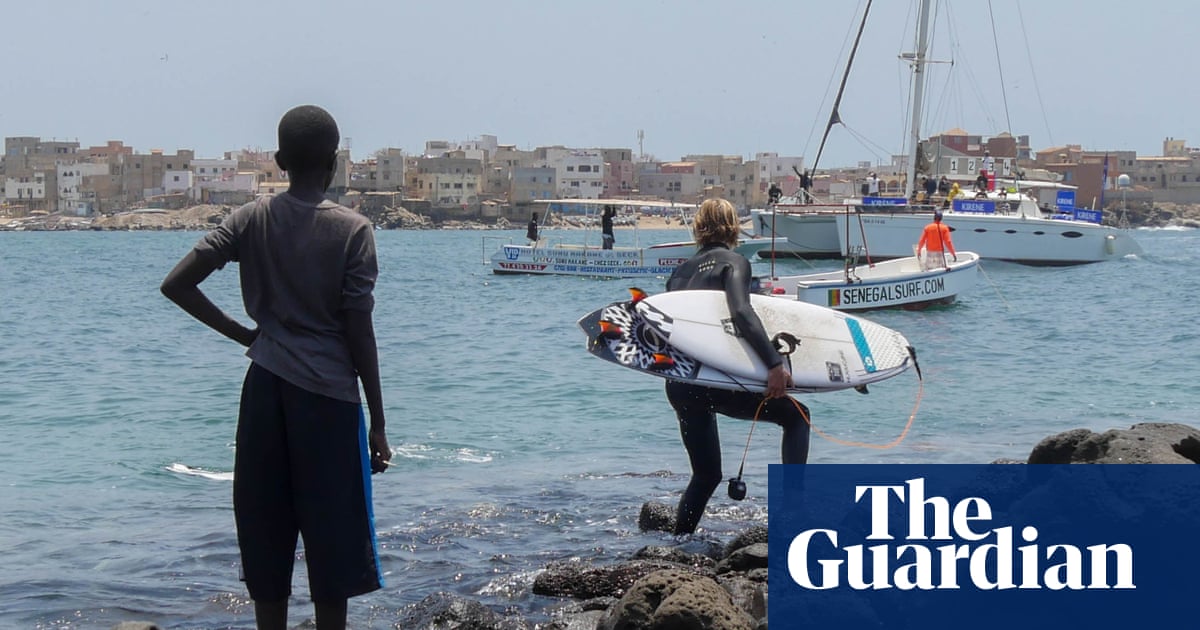
A wave of boys ebbs and flows on the black rocks, watching surfers paddle out, pop up and catch the right-hand point break they know so well. Surfers from all over the world hop from rock to rock past them, waiting their turn to compete, their boards swaddled in giant stripy socks.
Ngor right, a Senegalese wave put on the international surfing map by the 1966 surf documentary The Endless Summer, has never seen so much sun-bleached hair. This week, the World Surf League brought its qualifying series to west Africa for the first time, a historic moment for surfing off a continent with plentiful waves but few people who have the means to take advantage of them.
With 60 surfers in the competition, all trying to earn enough points to make it into the Championship Tour, the Senegal Pro gives the countrys best surfers the chance to compete against international professionals. It also brings many surfers to Senegal for the first time, which local surf business owners hope will encourage them to return with friends.

As surfers bend and twist on the turquoise Atlantic waves, the judges and commentators all sit on a catamaran, announcing the scores over a loudspeaker to the gaggle of onlookers on the headland of Ngor island. Its sandy paths and beach umbrellas are only half a kilometre from mainland Dakar, Senegals capital, but the laid-back atmosphere and lack of cars give it a permanent holiday feel.
Every morning, fishermen in brightly coloured boats leave the coast in search of their living, and every evening men come down to the sea to wash their prized sheep in the ocean. In summer, the beaches are packed with people doing athletics, wrestling and running. Life on the countrys coastline is inextricably connected to the sea, but few people know how to surf.
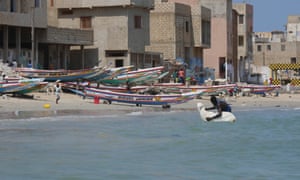
Theyve got the waves, and people [have come] here for them, said Beyrick De Vries, a successful South African surfer taking part in the Senegal Pro. They just need some more swimming lessons.
There to cast his eye over the next generation of surfers is Oumar Seye, the countrys first surfing professional, who owns a string of surf businesses and around whom the Senegalese surf community rotates. He organised the Senegal Pro, in which six local surfers are taking part.
Its something very, very important, said Seye, his own-brand cap on backwards, between directing and answering the questions of a stream of foreign surfers. Wed been organising surf events for 10 years when the World Surf League called us and said: We think youre ready to organise [a qualifying series event]. We said: Were ready.
In the past few decades, the Senegalese surfing community has grown, and there are several surf camps, shops and schools dotted around Dakar. But they serve mostly foreigners, either tourists or temporary residents of the city on Africas westernmost tip.
On the long, hazy beach at Yoff, north-east of Ngor, young boys try to surf on any suitably sized, flat floating object they can find, or ask for a turn on tourists beginner boards, while they sit exhausted on the sand. But for those who want to turn surfing into a career, it is hard to get into the golden circle of recognition, sponsorship and travel to participate in the biggest surf events.
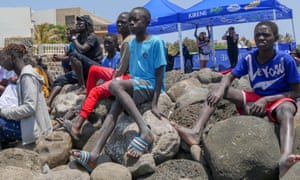
Senegalese boys are usually football or wrestling-mad, surfing is not yet much on their radar, and girls are not often encouraged to do any kind of sport. No Senegalese woman entered the contest, where the prize money for women was less than half that of the men. The WSLs decision to offer equal prize money, taken after intense criticism over the disparity in a junior tournament in South Africa, has not come into effect in second-tier events yet.
The boys watching from the rocks are exactly the group the organisers and surfers hope to spark interest in as well as reassuring international surfers who have little idea of African surfing destinations outside South Africa and Morocco.
According to De Vries, the best wave on planet Earth is in Walvis Bay in Namibia, though he raises a suncream-smeared eyebrow when asked to be more specific.
The shape of Africa is perfect for swell on both sides, he said. Theres a lot of good waves in Africa, and a lot of people dont know. Its a very wave-rich continent.
At a cost of about 90,000, and with no support from the government, the Senegal Pro will depend on sponsors to be a permanent stop on the tour.
Without money, we cant do it, Seye said.
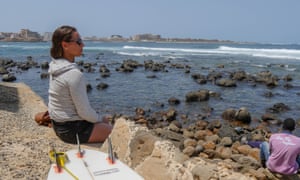
However, hopes are high enough that there are already plans in the works, as yet vague, for events in other west African countries. If the Senegal Pro is successful, Seye is hoping to expand to Ghana, Ivory Coast and Cape Verde.
I think its going to grow and theyll do more in Africa, said Ariane Ochoa, a Spanish surfer in Senegal for the first time. Everyone likes being here. People are really kind, you have the weather and you have the waves.

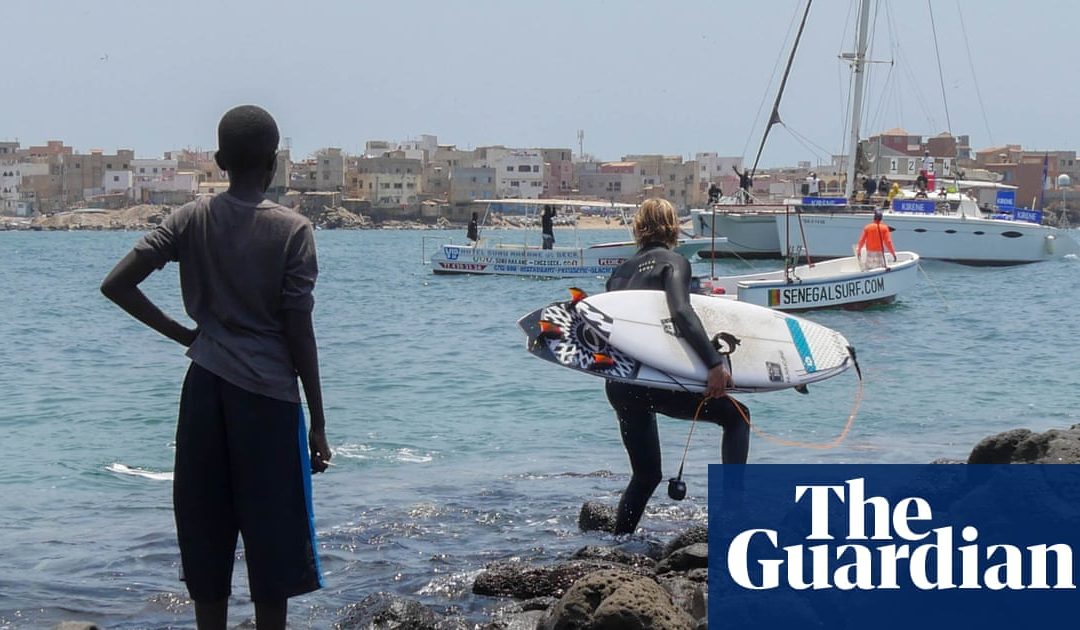
Recent Comments